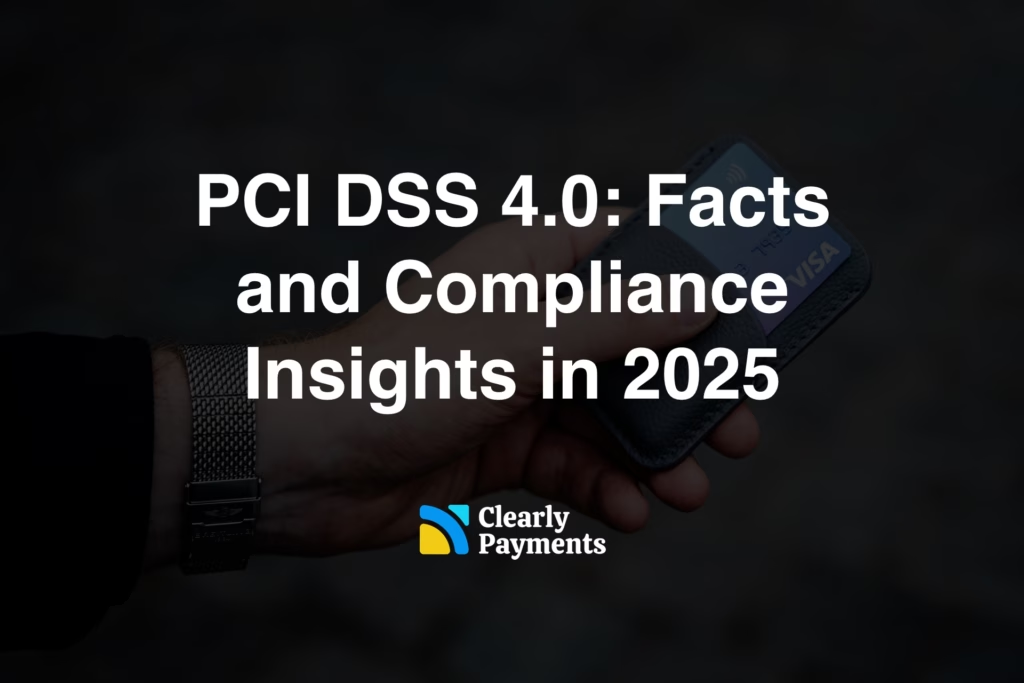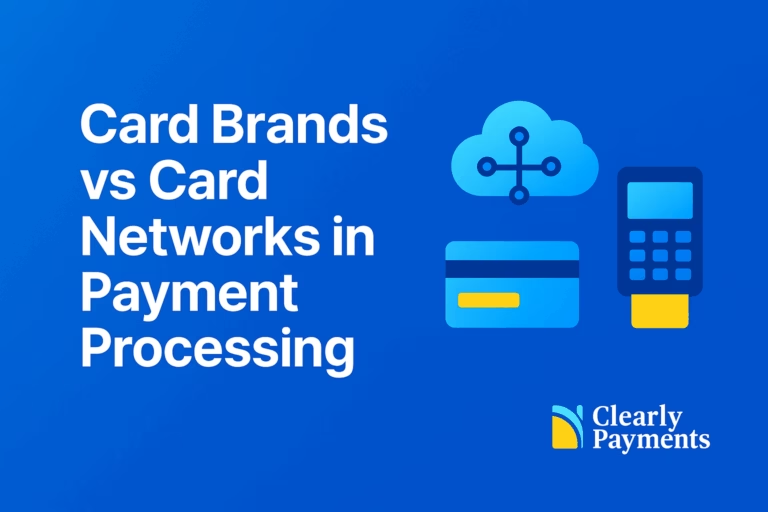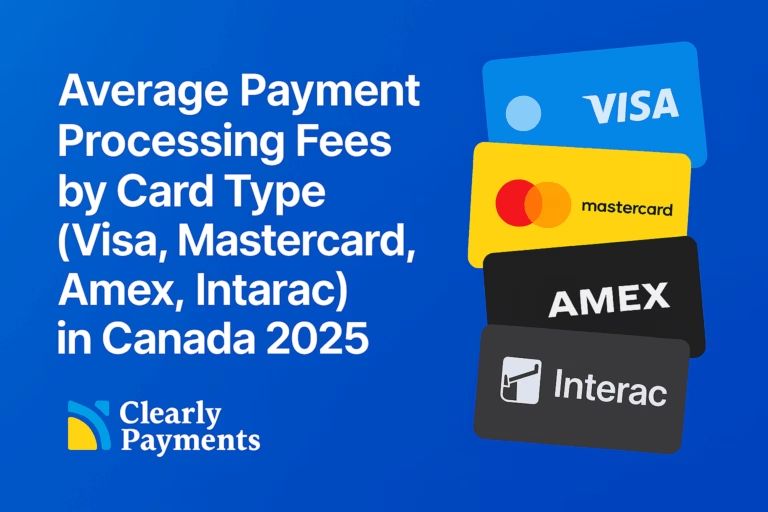The Payment Card Industry Data Security Standard (PCI DSS) has always been the backbone of protecting cardholder data. With the release of PCI DSS v4.0 in March 2022, the standard underwent its most significant update in over a decade. While version 3.2.1 was officially retired in 2024, the real shift comes in March 2025, when all future-dated requirements move from “best practice” to mandatory compliance.
This transition is not just about ticking boxes, it introduces stronger authentication, better vulnerability management, and a move toward continuous security. For businesses that process payments, understanding what’s changing in 2025 is essential to avoid penalties and maintain customer trust.
Timeline & Transition
The PCI Security Standards Council (PCI SSC) designed a multi-year transition plan so organizations could adapt gradually. This means businesses had time to test, refine, and implement new security measures before they became mandatory.
- March 31, 2024: PCI DSS v3.2.1 officially retired.
- March 31, 2025: All “future-dated” requirements become mandatory.
- June 11, 2024: PCI DSS v4.0.1 released (minor updates, no new requirements).
Growth in Scope: 64 New Requirements
One of the most notable aspects of PCI DSS 4.0 is its sheer size. Compared with earlier versions, v4.0 expands the scope dramatically with new requirements designed to address today’s cyber threats.
- 64 new requirements were introduced.
- 51 of those were marked as “future-dated,” giving businesses until March 31, 2025 to comply.
- These changes reflect evolving threats such as phishing, web-skimming, and supply-chain risks.
Key Highlights for 2025
The 2025 enforcement brings several high-impact changes that every organization handling cardholder data needs to prepare for. These updates touch everything from authentication to script monitoring, making the compliance bar much higher than before.
- Multi-Factor Authentication (MFA) — Now required for all access to the Cardholder Data Environment (CDE), not just admin accounts.
- Targeted Risk Analysis (TRA) — Companies must define security frequencies based on risk, moving from annual checks to continuous monitoring.
- Customized Validation Approach — Organizations can prove security objectives through tailored methods rather than rigid requirements.
- Enhanced Vulnerability Management — All vulnerabilities, not just critical ones, must be addressed with authenticated scans and automated log reviews.
- Payment Page Script Security — Businesses must inventory, authorize, and monitor all third-party scripts on payment pages.
- Malware Controls & Awareness Training — USBs and other removable media must be scanned for malware, and training must cover phishing and social engineering.
- Password & Inventory Management — Stronger password requirements (12 characters minimum) and updated inventories of all critical assets.
- Scope Confirmation & Third-Party Controls — Regular checks of card data flows and vendor access, plus quarterly scans for e-commerce merchants.
2025 Compliance by the Numbers
The scale of PCI DSS 4.0 is best understood through hard numbers. These figures highlight just how broad the changes are and why preparation is critical.
| Metric | 2022-2025 |
|---|---|
| New Requirements Introduced | 64 |
| Future-Dated (“Best Practice”) | 51 |
| Mandatory Enforcement Begins | March 31, 2025 |
| Password Length Requirement | 12 characters |
| Vulnerability Fix Scope | All severities |
| MFA Coverage | All CDE access |
Why It Matters in 2025
The 2025 deadline isn’t just a regulatory milestone—it’s a turning point for payment security. With new rules around authentication, vulnerabilities, and payment scripts, businesses must be proactive to maintain trust and compliance.
- Compliance Deadline: By March 31, 2025, every future-dated requirement is enforceable.
- Stronger Security Posture: The standard emphasizes real-time protection over once-a-year audits.
- Customer Trust: Demonstrating compliance signals to customers that their payment data is handled safely.
- Operational Efficiency: PCI SSC’s Prioritized Approach offers a roadmap for companies to manage compliance step-by-step.
What This Means for Merchants
If you process payments with Clearly Payments, PCI DSS compliance is part of keeping your business safe, trusted, and able to accept credit cards. With the March 31, 2025 deadline, merchants should be prepared:
Action Items for Merchants
- Review Your PCI Compliance Status: Confirm which version of PCI DSS you are currently aligned with. If you are on v3.2.1 or haven’t updated recently, now is the time.
- Prepare for Multi-Factor Authentication (MFA): Ensure that all employees accessing cardholder data use MFA, not just administrators.
- Update Password Policies: Require 12-character minimum passwords with proper complexity.
- Inventory Third-Party Scripts and Providers: E-commerce merchants should track all scripts on their payment pages and validate third-party providers regularly.
- Conduct a Risk Assessment: Shift from annual box-ticking to ongoing, risk-based monitoring of vulnerabilities and controls.
- Train Staff: Add phishing and social engineering awareness to your annual training program.
Clearly Payments Supports You
At Clearly Payments, we work with merchants to simplify compliance:
- Access to PCI tools and guidance through your merchant portal.
- Support from compliance specialists to walk you through the SAQ (Self-Assessment Questionnaire).
- Security best practices are built into our payment systems so you’re not starting from scratch.




